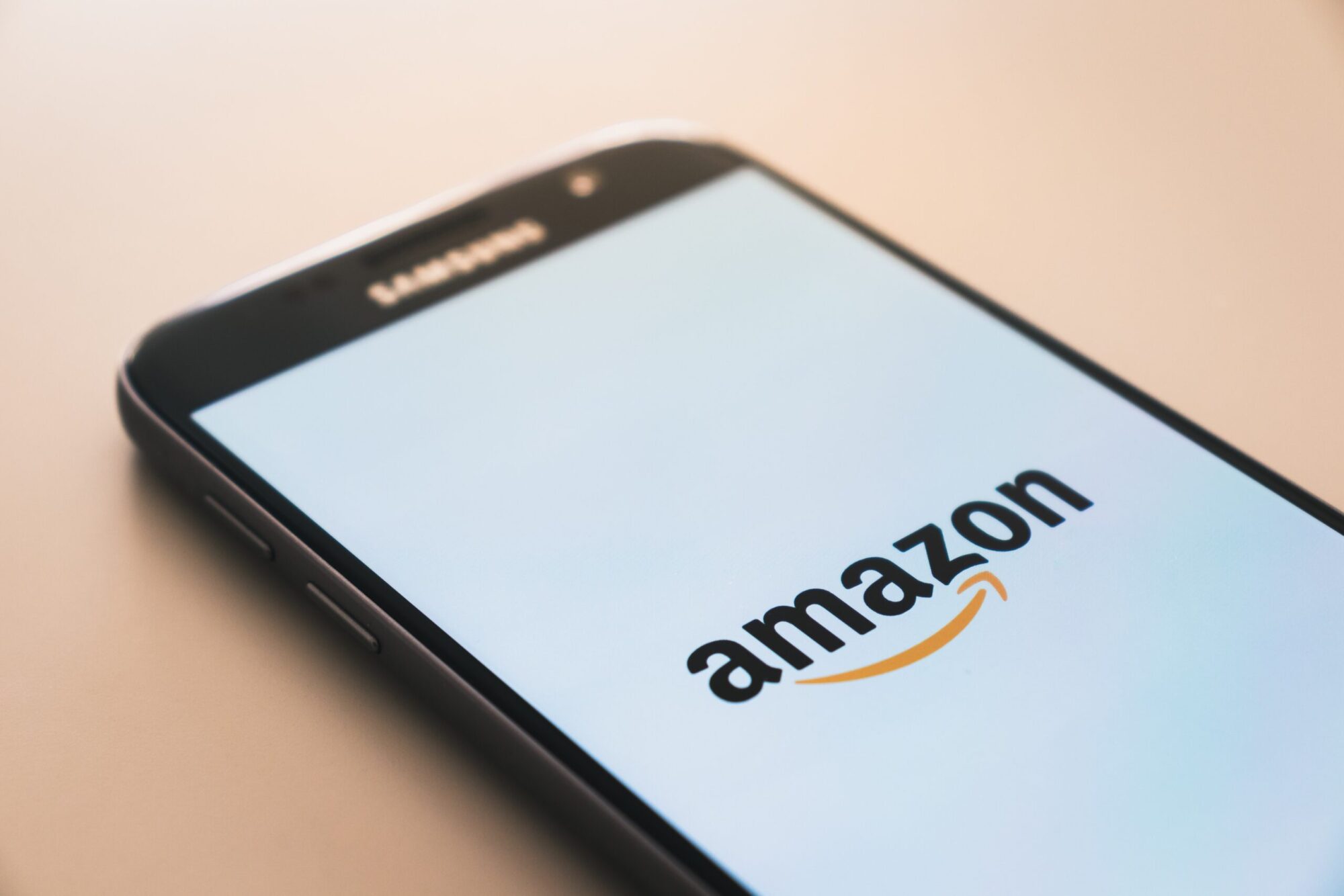How do you secure client loyalty using interactive marketing?
Resources
It’s simple: include gamification as part of your interactive marketing strategy.
Interaction with customers is not something to be overlooked when planning your business’s marketing campaigns, because not only do positive interactions encourage customers and prospective customers to buy your products or services, but they can also help secure customer loyalty over time.
Thanks to the advancement of mobile and internet technologies, we are seeing that more and more consumers have an appetite for personalised and innovative buying experiences, and marketers need to reflect this appetite in their marketing and communications strategies. The online market place means customers have access to more retailers – their world has expanded and they’re no longer loyal to businesses just because of geography. With the online revolution, people expect next-day delivery, and they’re more informed, or have the tools to be more informed, than ever before. This takes certain things outwith your control as a company. Suddenly, a reviewer’s website or social media channels can carry more sway with people than your in store product expert. Even trying to actively fight against this trend can work against you.
Because of this, your marketing strategy needs to embrace the change in audience preferences. You need to add your brand’s touch, and add value to the customer journey, in new and innovative ways. You need to do this to not only stand out from the competition in the first place, but to keep customers coming back, both for your products, and the experience of doing business with you.
This is where gamification comes into play.
But first, what is interactive marketing?
Interactive marketing is an approach to marketing that uses impactful videos and visuals to encourage audiences to actively engage with your content. Interactive marketing tools allow companies to become more finely attuned to their customers, as they ask for feedback, and issue calls to action (CTAs). They can range from videos prompting viewers to subscribe, calculators that can estimate financing options, size estimators for clothing and sports equipment, personalised customer journeys that address prospects by name, all the way up to gamification and marketing games: applying game mechanics to the customer journey to encourage desired behaviours that will ultimately incentivise purchasing and boost sales.
In addition, this type of marketing allows companies to obtain qualitative information on their clients that they can use to make more informed strategic decisions.
According to Jean-Marc Lehu, a business marketing consultant and author of several books:
“Today, effective and profitable marketing is inevitably interactive marketing.”
That’s not to say the old ways of marketing are dead. Your print ads, billboards, and traditional video campaigns are still necessary content, but if everyone’s using them, and using them well, the modern hyper-connected customer is going to be relatively immune to them. Interactive marketing gives your company a hook.
Early adopters of interactive marketing can set a trend

When it comes to interactive marketing success stories, you don’t need to look any further than one of the most economically and culturally influential websites in the world: Amazon.
Amazon.com receives data and information from its users every day, with the aim of always providing suitable suggestions and content. If you are an Amazon user, you have without a doubt seen during your browsing: “Highly rated similar products” or even “Amazon’s choice” products. These endorsements are based mainly on the opinions of buyers, and allow people to easily make comparisons online. Nowadays, they represent a vital quality gauge for users on the website.
As a result, the web giant Amazon is a role model in terms of interactive marketing, since it was an early adopter, and succeeds with flying colours in using this process to the benefit of its sales, and driving client satisfaction.
The lesson to take from Amazon when it comes to new and innovative marketing strategies is, early to adopt, early to fine-tune, early to perfect.
Gamification as an interactive marketing tool

When you make your marketing content into a game for your customer, you invite them to play. When people play, you can catch them in a positive feedback loop where the more they play, the happier they feel. This feeling of happiness gives them a sense of accomplishment. This process activates an internal rewards circuit, and the brain begins to release dopamine: a chemical messenger linked to pleasure. And the brain always wants more of it.
If you continue to make interactive, gamified content that promotes this sense of accomplishment, that encourages that dopamine drip through engaging, even addictive games, and fine-tune your approach and perfect it over time, you can acquire long-term customers and create a stronger connection between your company, your brand, and your audience. With a games creation platform like Drimify, you have the tools to create and launch effective marketing games in minutes that will work on any modern device connected to the internet. With good planning, you could well release a marketing game that boosts sales and collects data first time out of the gate, but by gamifying your marketing campaigns over time, you get far more return on investment. All of the games in the Drimify catalogue give you real-time data collection through your dashboard, so you can predetermine KPIs to focus on like participation and engagement rates, and use those to help improve your marketing games strategy from one campaign to the next. Earlier to adopt, earlier to perfect.
Additionally, offering prizes through marketing games is a compelling way for a business to interest consumers in their content and encourage them to explore their brand and their products. The potential to win prizes can be thought of as the bait that draws them into engaging in an experience. They are also an incentive for a customer to submit their email address, or give personal details on pop-up contact forms, which can often be a primary or secondary aim of a marketing game.
All kinds of marketing content can be gamified, and gamified in different ways to promote or encourage different outcomes from your audience. The more you look into gamification in marketing, the more creative and innovative examples of games you will find, so when implementing your gamification projects, get creative, analyse how projects perform, and keep perfecting them to provide the best interactive experiences for your customers.
Cater to the independent nature of the modern customer
Gamified marketing tools give your audience a level of buyer autonomy, which corresponds perfectly with the public’s emerging desire to feel empowered by being in charge of their own decisions. By creating a game where the client has the freedom to choose and explore a new virtual world, you radically change their buying behaviour and you will stand out from the crowd.
You’re not leading your audience by the hand, you’re not the pushy salesperson stereotype from an old movie. With interactive marketing and marketing games, you’re still influencing customer behaviour, but from afar. You’re empowering them to make their own decisions.
Gamified interactive marketing offers a launching pad for business growth
Ultimately, the flagship asset of interactive marketing, or to put it another way, the interactive marketing MVP, is gamification. The modern customer works on short feedback cycles, enjoys a level of autonomy, and carries a web-enabled smartphone with them everywhere they go. People today are hyperconnected, and perfectly adapted to be receptive to games and gamified concepts. Marketing games are the modern solution.
They offer numerous advantages to your audience: entertainment, interaction, positive emotions, accomplishment, autonomy, and much more. For your business, they offer an effective tool to stand out from your competition and engage your audience in a compelling customer journey, which as a result can deliver valuable customer information, including contact details, as well as insights into their habits and preferences. Using marketing games can not only help boost sales in the short term, but allow you to get to know your audience, which can inform so many facets of how you develop and lead your company going forward.
Are you looking for a new way to boost engagement and secure customer loyalty? The gamification experts at Drimify can help you add a fun, interactive and engaging dimension to your digital marketing projects. Don’t hesitate to get in touch to discuss your project.
Want to know more?





